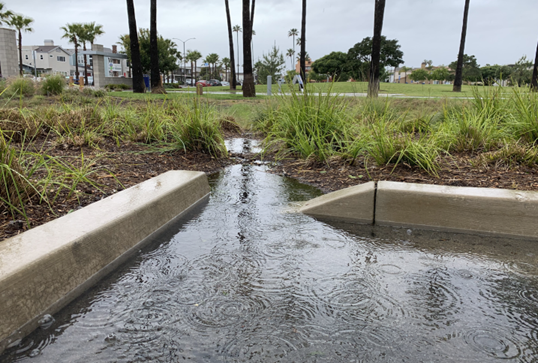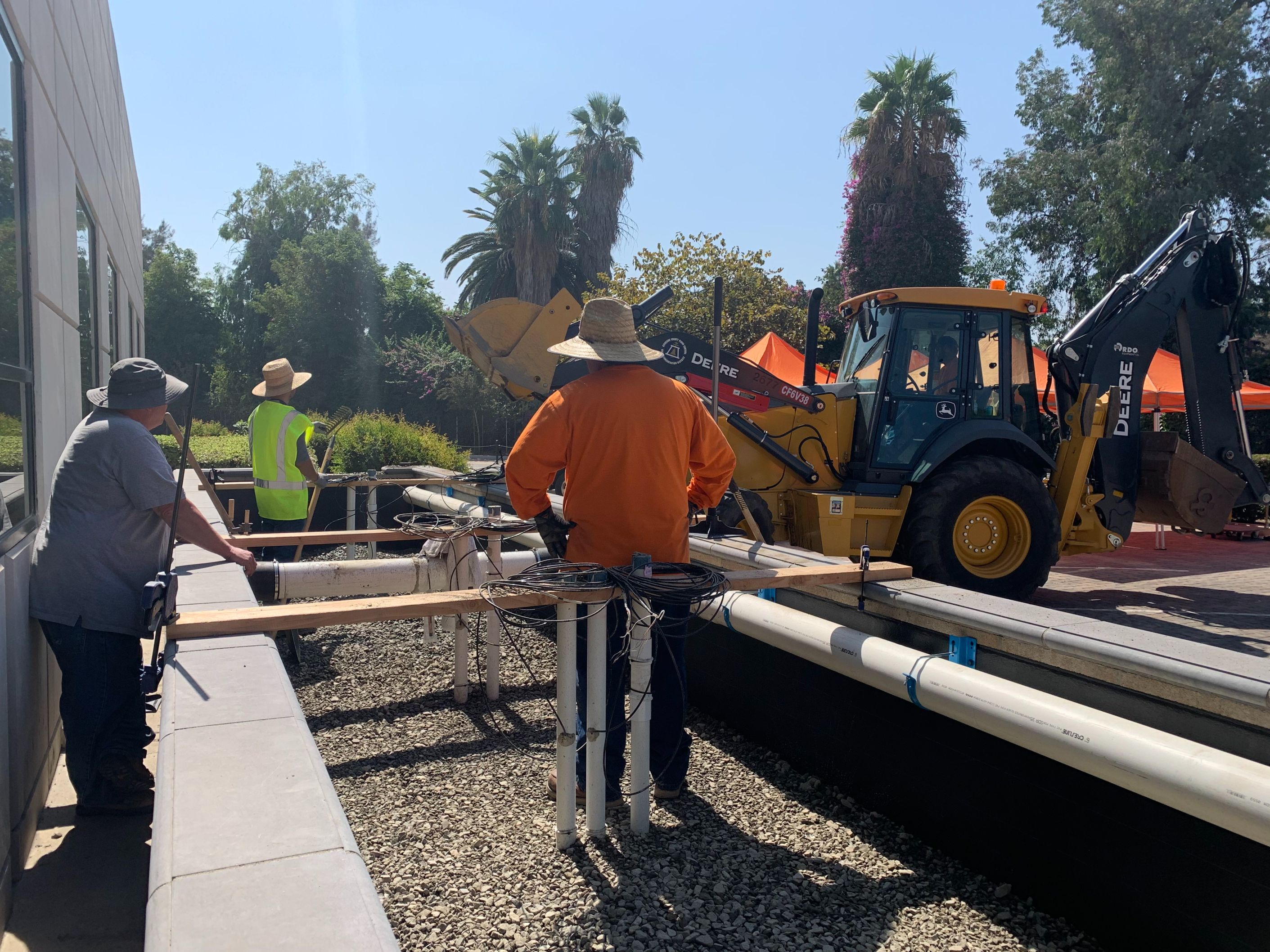Toolkit developed for adaptive watershed management

SCCWRP and its partners have developed statewide guidance and a set of freely accessible web tools to help California stormwater managers take a consistent, standardized approach to periodically evaluating their long-term, multi-phased plans for improving runoff water quality.
The toolkit, described in a SCCWRP technical report published in July, represents broad management consensus on how to use data from stormwater monitoring programs, including performance data for BMPs (best management practices), to track progress toward water-quality improvement goals. The toolkit also provides a common framework for managers to determine if and how they should pivot vs. stay the course as they implement the next phases of their watershed management plans.
The development of the toolkit comes at an opportune time for Southern California’s stormwater management community. Over the next few years, multiple stormwater agencies are
preparing to revisit their watershed management plans that were codified into their discharge permits about five years prior under a philosophy known as Adaptive Watershed Management (AWM).
AWM, a new regulatory approach being utilized by municipalities statewide, requires dischargers to develop watershed management plans for improving runoff water quantity and quality incrementally over a multi-decade timeframe – typically using a combination of yet-to-be-implemented stormwater BMPs. Then, responsible parties check in periodically – typically every three to five years – to evaluate progress toward long-term AWM goals.
While guidance already exists for crafting long-term watershed management plans, California has historically lacked guidance on how stormwater discharge agencies and the regulatory agencies that oversee them should periodically re-examine these long-term plans to determine if and/or how the plans might need to be modified.
In 2020, SCCWRP began working to fill this guidance gap by assembling a statewide advisory committee to develop consensus on:
» the highest-priority monitoring questions that managers should ask when seeking to evaluate progress towards AWM goals
» the most appropriate, technically rigorous monitoring approaches for generating data to defensibly answer these priority monitoring questions
» the range of management actions that should be considered after stormwater monitoring data are collected and analyzed, and after questions about AWM progress have been answered
Significantly, the advisory committee was able to identify numerous specific actions that managers should consider taking based on stormwater monitoring outcomes – ranging from simple, inexpensive steps like increasing inspections or enhancing BMP maintenance, to much more expensive, involved steps like reconfiguring the watershed models that were used to develop the original AWM plan.
The composition of the advisory committee was diverse, with representatives from Regional Water Quality Control Boards, municipal stormwater agencies and NGOs spanning the San Francisco Bay Area to San Diego. More than 250 person-years of stormwater management experience were represented.
Woven into the advisory committee’s report are multiple case studies illustrating how to apply the guidance and tools in the real world.

Meanwhile, the SCCWRP-developed tools that the advisory committee endorsed consist of free, open-source web apps that enable users to readily explore how tweaking the design of their stormwater monitoring programs would generate different, potentially more insightful types of data. All of the data that users upload to the web apps is deleted after each use; none of the data get saved or transmitted to a third party.
The AWM toolkit was developed in concert with the State Water Board’s Stormwater Planning Unit and is consistent with the unit’s Strategy to Optimize Resource Management of Stormwater (STORMS).
SCCWRP is in the process of introducing the new toolkit to multiple potential end users across California, including the Southern California Stormwater Monitoring Coalition (SMC) and California Stormwater Quality Association (CASQA).
For more information, contact Ken Schiff.
More news related to: Runoff Water Quality, Stormwater BMPs, Top News